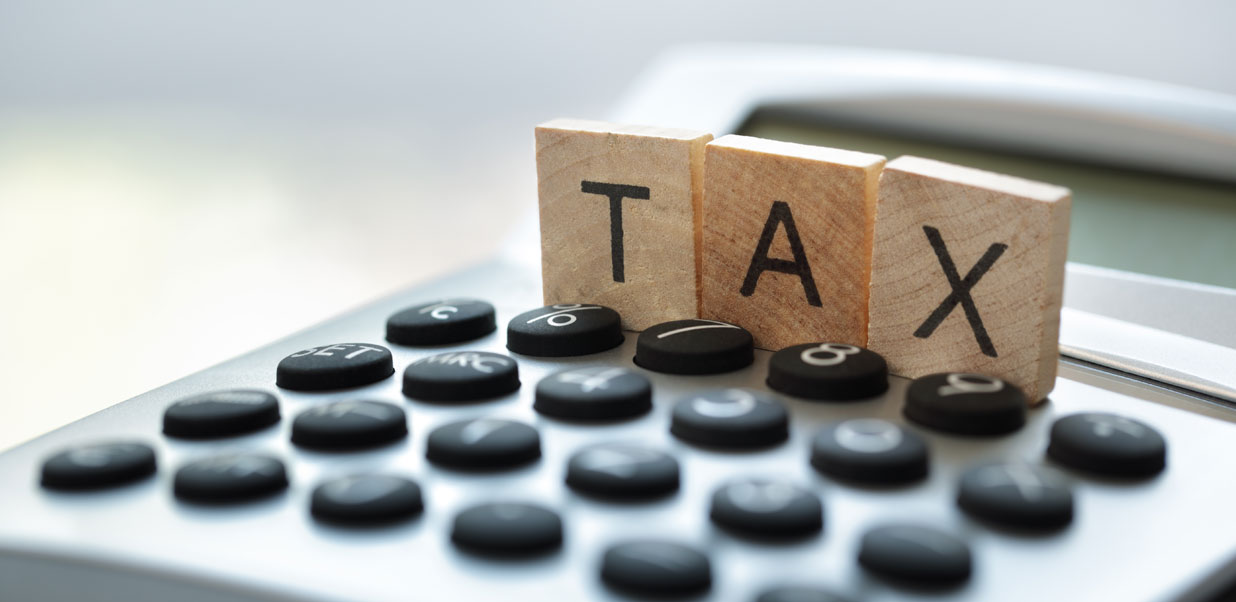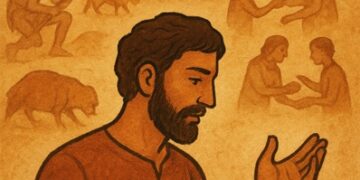Tax is money levied on individuals or entities by a government to finance different state activities including some public works and services. Kashmir is currently abuzz with a new tax, the house or property tax to be imposed by the administration of lieutenant governor Mr. Manoj Sinha.
The burden of different direct and indirect taxes on different products and services is already backbreaking. The life of the common folk has become unbearable amid a depressed economy, with higher employment rates and inflation as salient features.
To substantiate my point on taxing taxation I refer to only three daily used products and one service. The prices of baby formulas (baby milk) has gone from Rs 300 to Rs 750 during the last three years. Losacar, a blood pressure-lowering medicine has scaled up from Rs 80 to Rs 190. Cooking gas cylinder sold at Rs 450 in 2015 costs now Rs 1220. The 84-day packs for postpaid mobile telephony with 2 GB per day data was only Rs 450 two years ago but has now shot up to Rs 719.
The heaviest-ever tax regime steals almost 60 percent of the earnings of the lower middle-income groups. It barely makes any impact on the imperial lifestyles of the governing elite and those running Corporate India.
Kashmir like many living nations on the earth has experienced the vicissitudes of history but there have also been considerable spells of peace, prosperity, and plenty. One such period of its history has been the Muslim rule starting from Reinchan Shah, Sultan Sadruddin in 1320 till its occupation by Akbar Badshah in 1586. Early sultans of Kashmir were the contemporaries of the Tughluqs of Hindostan. House tax which is now dangling on our heads, was in vogue during that period also.
The Salatin independent era is considered by historians as the golden period of Islamic rule in Kashmir. Land revenue, the major proceeds of the government, was assessed at one tenth (ushur according to Islamic Shariah) on the cultivated land. Two and a half percent tax (Zakat) was also exacted on the additional property of the wealthy Muslims besides taxation on trade and manufacturing. Abul Fazl, the court historian of Akbar Badshah, during his visit to Kashmir, found that Srinagar has for ages been in a flourishing state and abounding with workmen of every denomination.
The total revenue of Kashmir according to his Ain Akbari during the Mughal occupation of Kashmir was Rs 14, 75,445. Most of this revenue was on land and its produce. Akbar broke the Shariah-prescribed land revenue slab from one-tenth and enhanced it to one-fourth. Akbar and his descendant Mughals ruled Kashmir for 166 years. The rule by and large is said to be a spirit-breaking oppression. Historians refer to the 51-day peasants’ rebellion caused by the excessive assessment of the valley in the time of Yusuf Khan Mashhadi, Akbar’s governor of Kashmir.
Akbar is said to have introduced the effeminate gown, the Pheran, and Kangri, the fire pot among the battle-hardened Kashmiri population with an aim to turn them into a lazy stock.
In 1752 when the Mughal rule in India had started to wither away, Ahmad Shah Durrani of Afghanistan conquered Kashmir. The first casualty of the Afghan rule was trade on which exactions were so high that almost 80 major traders left Kashmir for India.
The merciless governor Abdullah Khan Ishaq Aqasi, in his very first year of appointment presented his master, Abdali, with one crore rupees which he had wrung from the people of Kashmir. Sukh Jivan Mal was his administrator in Kashmir who virtually fleeced people on behalf of his master. Lal Khan Khatak was another governor who had a career of terrorism and oppression. Then followed Haji Karimdad Khan who was heartless and killed and Kashmiri Muslims and Pundits alike. His exactions through Aslam Harkar, an unscrupulous tax collector, exceeded even those of the notorious Itiqad Khan, the Mughal Subedar of Kashmir, and compelled many to leave Kashmir. Salt could not be had at Rs four per ser during a famine in Azad khan’s rule who became governor in 1783.
The chief sin of the governor, Juma Khan Durrani Halokozai (1787) lies in realizing through contracts, the dues pertaining to the offices of judges and Qazis. Jabbar Khan was the last of the Afghan governors. Most of these governors showed high-handedness and persecuted the Kashmiri Musalmans and Pundits alike.
Then followed the dark rule of the Sikh empire of Ranjit Sigh who won an almost bloodless victory against Pathns in 1819. With this change Kashmir’s, according to historian G M D Sufi, found themselves out of the frying pan into the fire. In the Sikh times, the revenue estimates were Rs 28 lakh rupees.
William Moorcroft, a traveler, who was in Kashmir in 1824 when Diwan Moti Ram was governor says “everywhere the people are in the most abject condition, exorbitantly taxed by the Sikh government and subjected to every kind of extortion and oppression by its officers”.
Not more than one-sixteenth of the cultivable surface was in cultivation reports Moorcroft who further says that the starving inhabitants are driven in great numbers to the plains of Hindustan. Every shawl was taxed at 26 percent of its estimated value besides a heavy duty on its import materials and every workman connected with it was taxed.
Corruption like the contemporary times was widespread and the chief officer of the justice paid an amount of Rs 30000, a year for his appointment, reports the traveler.
He saw a troop of tax-gatherers in a Lolab village who had sequestered nine-tenths of the grain of the farmers. Inhabitants were half naked and miserably emaciated.
The barbaric rule of the Sikh empire lasted for only 27 years and Kashmir then went into the hands of Britishers who on 16 March 1846 sold it to Raja Gulab Singh of Jammu for 75 lakh rupees.
Dr Allama Iqbal, the philosopher, thinker, and poet with a Kashmiri lineage deeply felt for the plight of his countrymen. Lamenting on this sale deed he lamented and addressed in his collection, Javed Namah, to the League of Nations.
Baade Sabah Agar Beh Geneva Guzar Kuni
Hurfi Zama Beh Majlise Aqwaam Baazgo
Dehkaan Wa Kasht Wa Jo Wa Khayaban Farokhand
Quoomay Farokhand Wa Chi Arzaa Farokhand!
(The morning breeze if you should pass over Geneva, Speak a word of me to the league of nations
They have sold farmer, and cornfield, river and garden, they have sold a people, and at a price how cheap).







